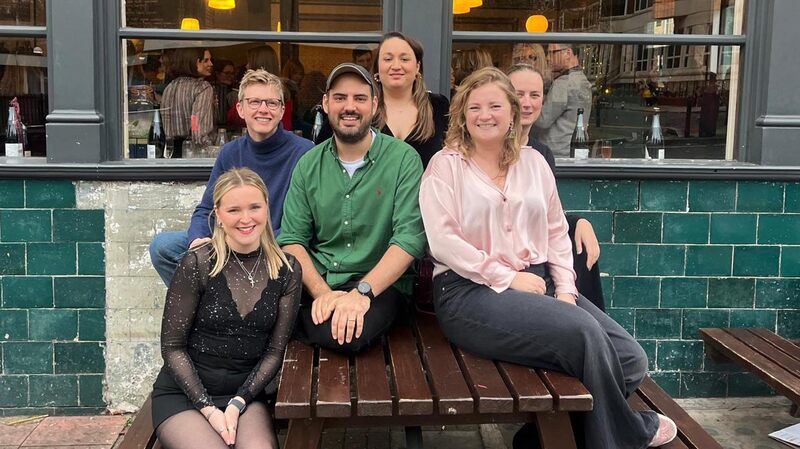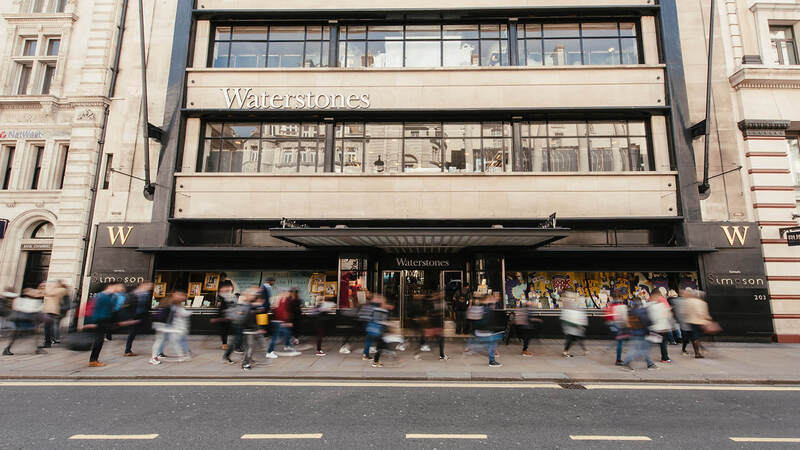You are viewing your 1 free article this month. Login to read more articles.
Pearson returns to profit, PRH revenue up 'slightly'
Pearson has returned to profit a year after posting its biggest ever loss, at the same time as announcing it is putting its K12 school courseware business up for sale. Meanwhile, the company revealed revenue at Penguin Random House was “slightly up” on a headline basis for the year.
Pearson posted its annual financial results this morning, revealing revenue was down 0.9% to £4.5bn for the full year of 2017, with underlying revenues down 2%, due to a decline of 4% in sales in North America. Pre-tax profits at the firm were £421m, up from a £2.6bn loss last year which the company sustained due to impairment charges.
The UK education giant said it was in talks to sell its K12 US courseware business, which accounts for 9% of Pearson’s turnover, but just 2% of its profit (£11m). It wants to divest itself of the business as it bids to become a “simpler and more efficient” company. The offloading of the courseware business follows the decision to sell Wall Street English last year and reduce its stake in Penguin Random House by 22% to 25%, and comes on the back of earlier sales of the Financial Times and its 50% stake in the Economist.
Chief executive John Fallon said 2018 marked a “pivotal year” for the company as customers shifted from a textbook ownership model to an “access model” (renting physical and e-textbooks).
He said that while Pearson has much more “visibility and control” over the challenges it faces in North America, which accounts for 30% of Pearson’s overall business, he expected sales to fall by up to -5% over the next two-three years. However, in other areas of the business he said sales were expected to grow and propel the company forward over the course of the next 12 months.
Digital and services revenue grew to account for 69% of Pearson's business in 2017 (up from 68% in 2016) and the firm continues to focus on Inclusive Access (direct digital access) solutions, signing 210 new institutions in 2017 taking the total to over 500. Meanwhile, it reduced the rental price of 2,000 e-books, which boosted revenues growth by 22% during the year.
Last August the company revealed it would cut 3,000 jobs by 2020 to save £300m a year and Fallon said this morning the “efficiency programme” was “on track”. Its restructuring costs in 2017 were £80m, slightly higher than the £70m projected.
Penguin Random House performed in line with Pearson’s expectations with revenues up "slightly" on a headline and underlying basis, driven by rising audio book sales.
Print sales meanwhile were “broadly stable” at the trade publisher, although it was hit by “modest ongoing declines in demand for e-books”. Bestsellers over the course of the year came from Dan Brown, R.J. Palacio, John Grisham, Jamie Oliver, and Dr. Seuss, Pearson added.
Pearson completed the sale of its 22% stake in PRH in October 2017 and the trade publisher accounted for £94m of the company’s adjusted operating profit during the course of the year, down from £129m a year earlier.
In 2018, Pearson expects a broadly level publishing performance from the trade publisher, resulting in an annual after-tax contribution of around £60-65m to its adjusted operating profit, it said.
Fallon said: "Pearson has made good progress against its strategic priorities in 2017 with further simplification of the portfolio, strengthening of our balance sheet and delivering results at the top end of guidance. We are confident we will make further progress against our strategic priorities and grow underlying profit in 2018."



















